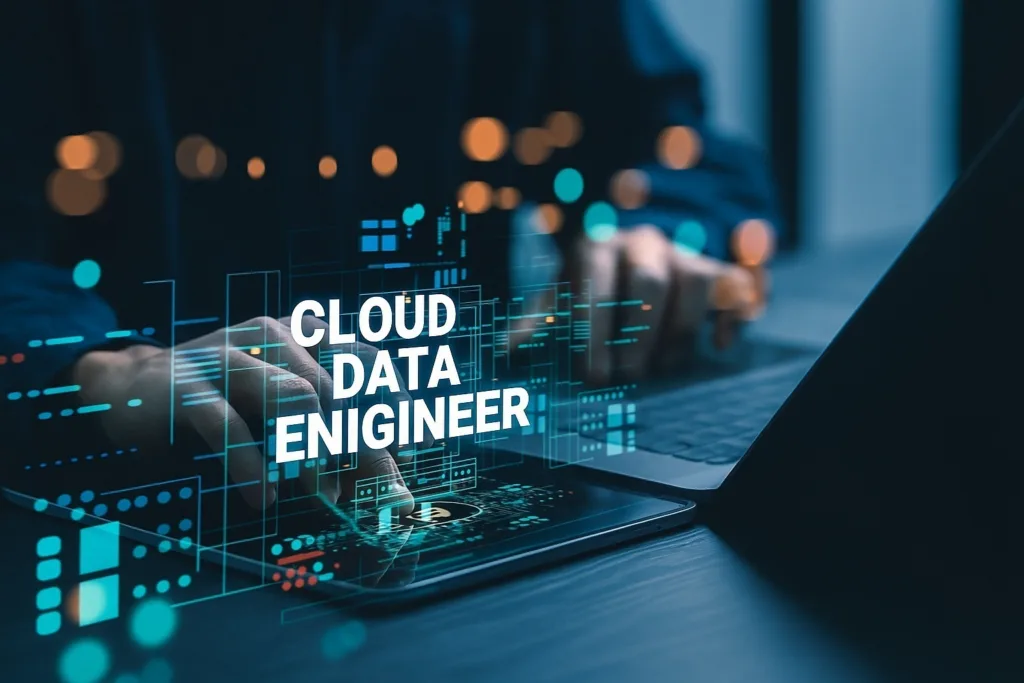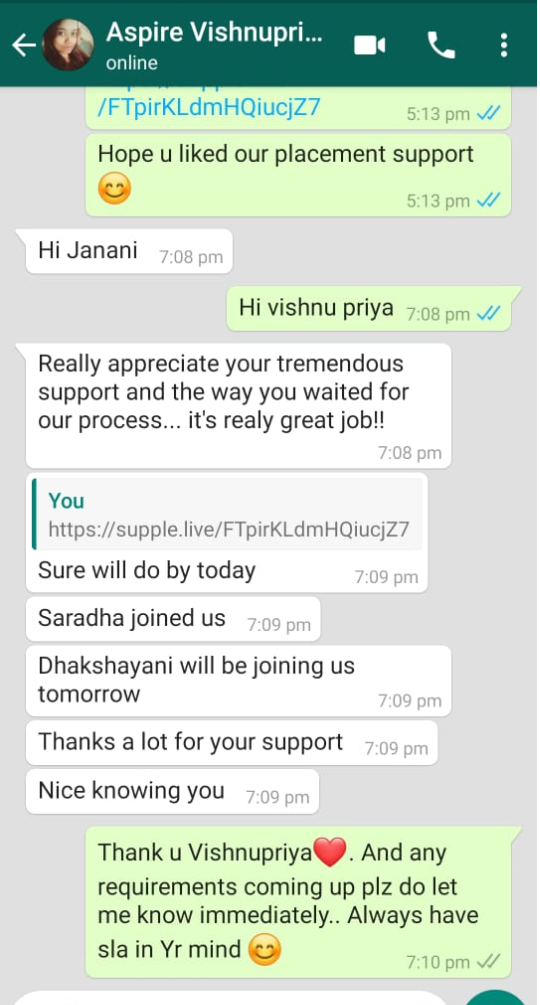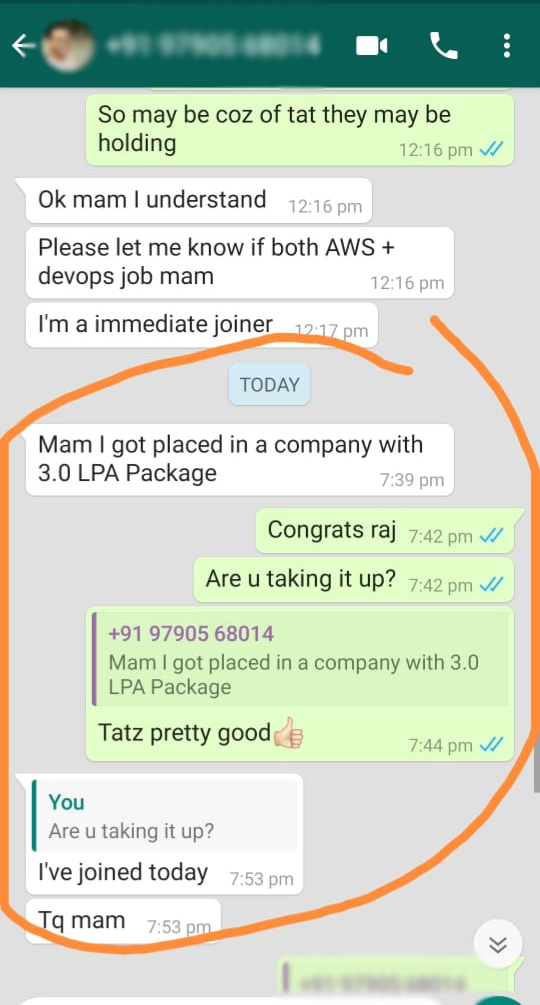Training Pattern Details
- Get trained through an industry-grade Full Stack Deep Dive curriculum, covering essential Cloud platforms, data pipelines, and real-time processing frameworks used by top companies.
- Receive class recordings and detailed notes after every session to ensure you never miss a concept and can revise anytime at your own pace.
- Work on hands-on exercises and real-world case studies both in class and at home to build confidence in handling cloud-based data engineering tasks.
- Access comprehensive topic-wise notes, e-books, and important documents—both in soft copy and hard copy formats—for deep reference and exam preparation.
- Prepare for job interviews with mock interview sessions, resume building workshops, and expert guidance focused specifically on the cloud data engineering career path.
- Get complete end-to-end project exposure, enabling you to understand how modern cloud data workflows are designed, built, deployed, and maintained in production.



































































